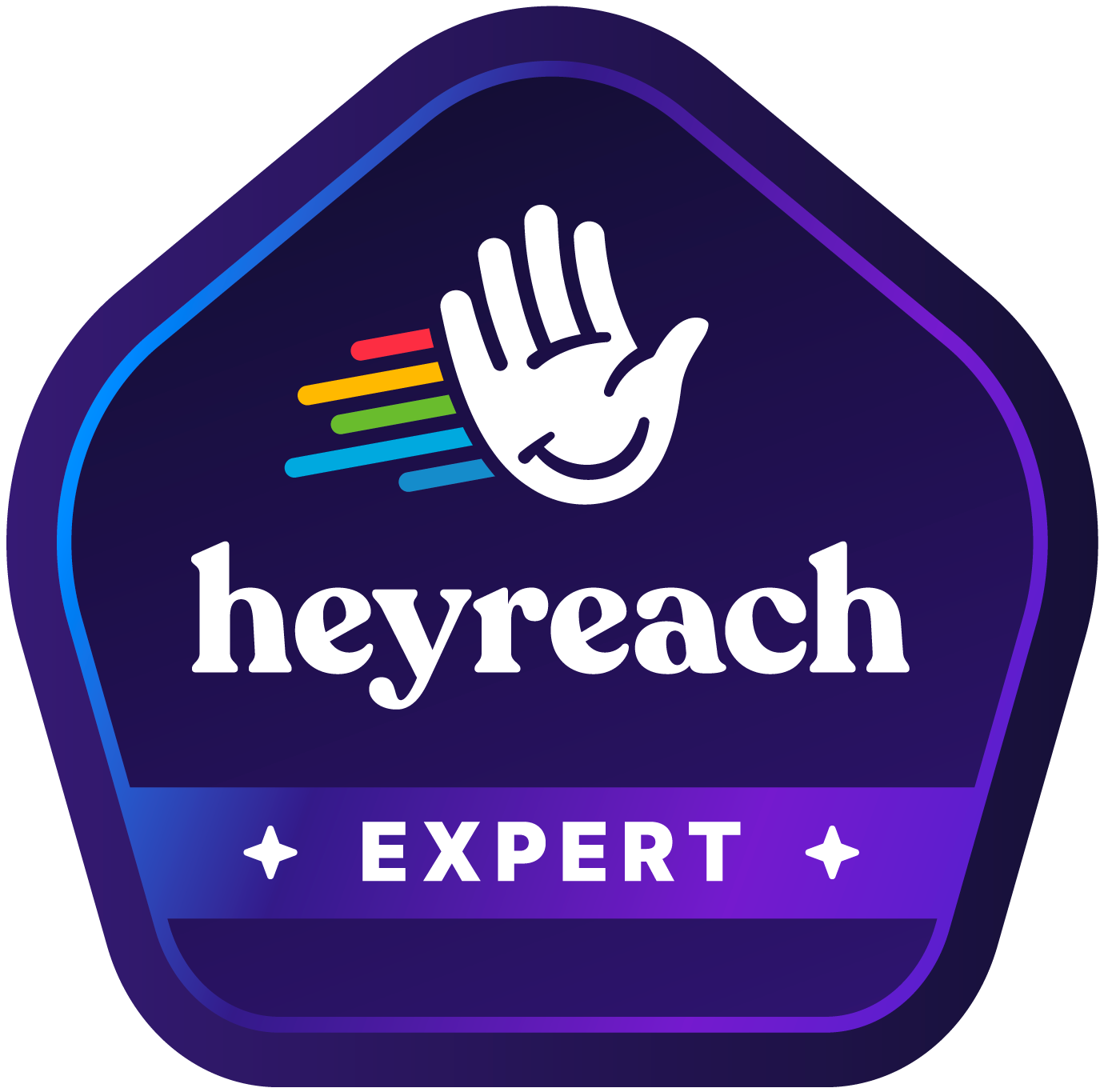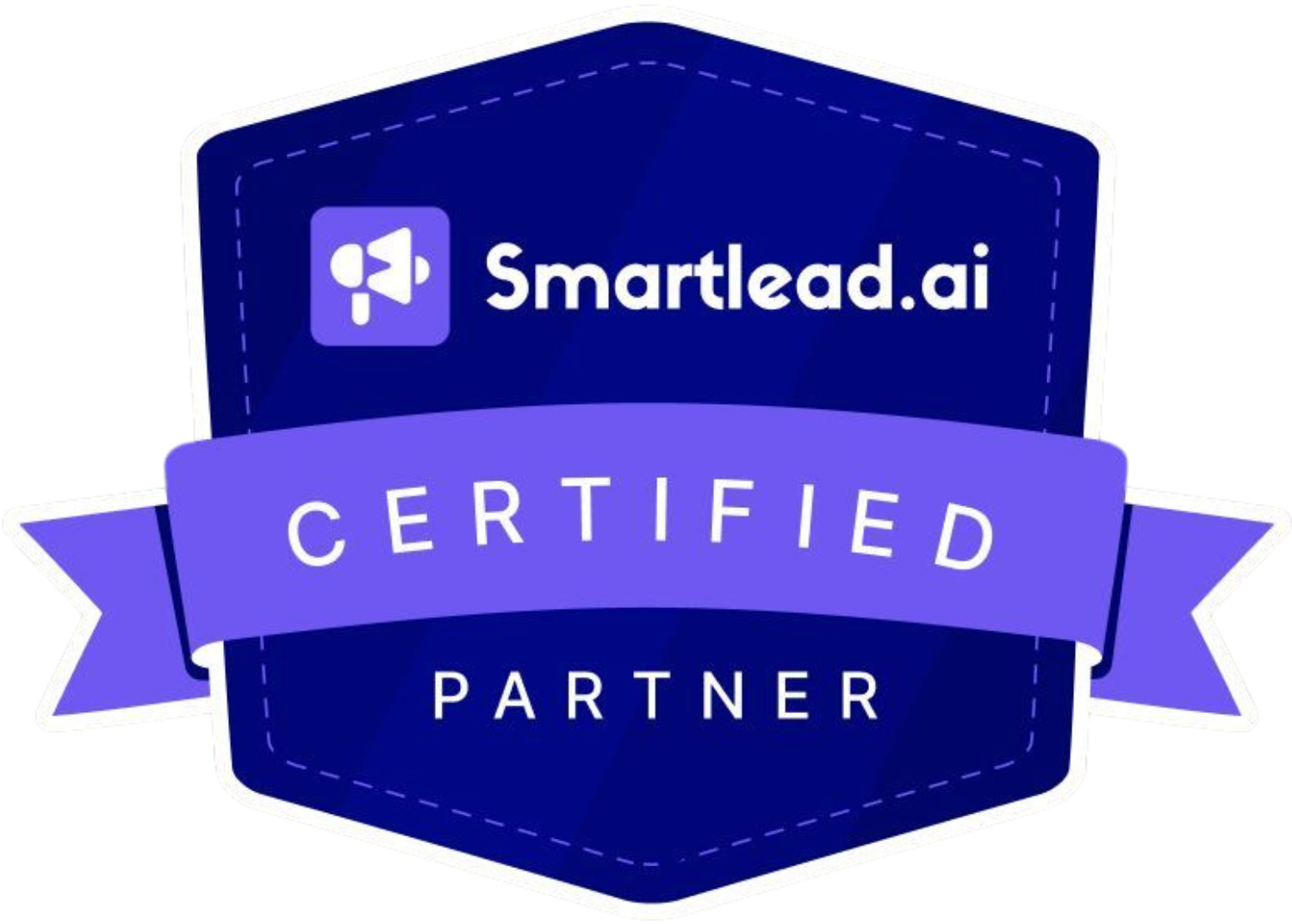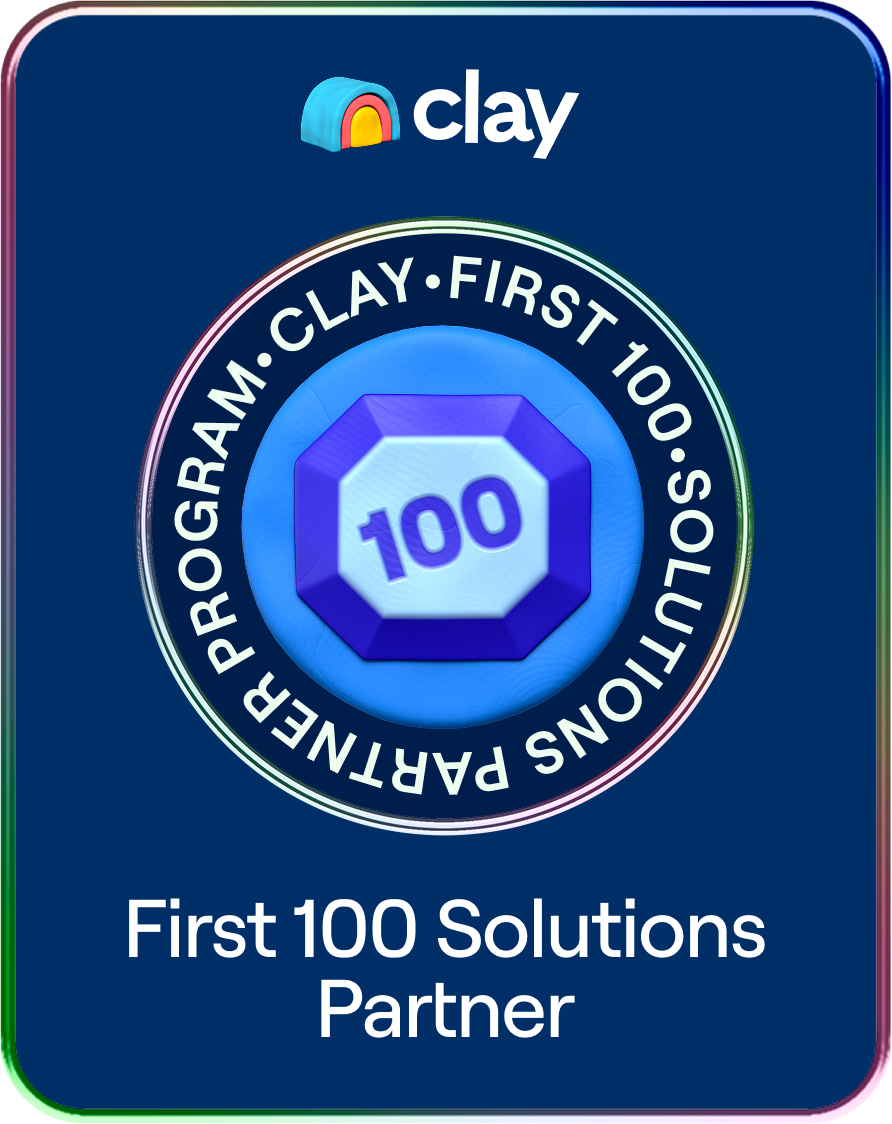%20(7).jpg)
Decoding LinkedIn’s Algorithm In 2024
Beating LinkedIn’s algorithm and how to effectively tackle updates and changes to increase your visibility and engagement.
Want To Beat The Algorithm & Grow On LinkedIn? Here’s How
If you seek to increase your visibility or go viral on LinkedIn, we have a heads up for you – it will be different from the process you’d follow on other social media platforms.
The LinkedIn algorithm is tricky; it is designed to prevent content from going viral and to focus more on connecting its users with their respective professional networks. This requires you to adopt a different approach to tackle the LinkedIn algorithm and utilize the platform to its full potential.
Read our guide on how you can master the LinkedIn algorithm with ease:
THE LINKEDIN ALGORITHM EXPLAINED
LinkedIn’s recommendation engine customizes every user’s newsfeed by screening out posts that do not match a person’s preferred topics, connections, and post types they frequently engage with. Over 950 million individuals make up its growing membership; with this many participants, LinkedIn has to sift through a mammoth amount of content regularly to create valuable streams.
While the platform aims to promote quality and relevance, it gets better at identifying such interactions between people the more it is used. Nonetheless, unlike social media platforms that encourage or are designed for viral content, LinkedIn is for making meaningful interactions and sharing information that people use to advance their careers.
UNDERSTANDING HOW THE ALGORITHM WORKS
1. The algorithm first evaluates if your post is spam or valuable content and if it complies with the community guidelines:
The AI filters any apparent misinformation, and the content is filtered in case of clear violations. Some solid examples of spam defined by LinkedIn are:
- Artificial engagement created through emojis and reaction polls
- Chain letters
- Solicitations for likes, reactions, and shares
- Irrelevant, numerous, unnecessary, or redundant posts or messages
In cases where the nature of the content is ambiguous and cannot be immediately classified by the algorithm, it undergoes human moderation. If the content clears this stage, it remains visible on LinkedIn.
2. LinkedIn evaluates the impact of your post:
After your post has passed the initial evaluation, the algorithm monitors user interactions and engagement to gauge the post’s relevance and appeal with your immediate and broader network connections.
Engagement is one of the best indicators of the worth of your post, but remember, not all types of engagement are considered valuable. A recent update to the algorithm now places more value on significant engagement, particularly insightful comments from your network from pertinent industries that add value to the reader and your post.
3. LinkedIn pushes your top engaging content to the right audience:
Your post visibility on other’s feeds is influenced by three key factors:
- Personal Connections: Recent algorithm updates push your content to be more visible to your primary connections first. Typically, the more you have engaged with your followers, the higher the chances they get to see your posts first. For example, if your follower is having an active conversation with you on your post, it might also show up on their network, widening your content’s reach. Your skills and geographical location on your profile also play a role.
- Content Quality: LinkedIn’s algorithm assesses how relevant the content is to your network based on its performance. This involves assessing aspects such as frequency of views and engagement, the relevance of the content topic, whether the content offers professional insights or advice, the language used in the content, the nature of discussions in the comments, focusing on professionalism and constructiveness, and references to specific companies, individuals, or topics.
- User Interests: The algorithm tailors content based on a LinkedIn member’s interests based on their interactions with groups, pages, hashtags, contacts, and vice versa. A user’s engagement with specific topics is also considered – activities such as posting, liking, or commenting on content relevant to them. It is usual for LinkedIn members to find more content aligned with topics they have shown interest in previously and from members they interact with regularly.
RECENT LINKEDIN ALGORITHM UPDATES
Based on user feedback, LinkedIn’s June 2023 algorithm update focuses on highlighting content that provides knowledge or advice and strengthens ties within the existing networks.
This means your curated content will be more visible to your first connections. To reach a broader network, your content should highlight valuable insights or advice aligning with their interests or skills.
THE BEST TIMES TO POST ON LINKEDIN
Ah, the classic dilemma of what times are best to post on social platforms – LinkedIn is no stranger to this debate, too. Although this will not make a huge impact on your algorithm itself, it is important to learn your target audience’s habits so you can reach them at the best times, prompting them to stop scrolling and engage with your content.
The timing is variable based on industry types. However, we recommend posting at a time when your followers are usually online, asking questions that will spark engagement, interacting with other posts while your own content is in its “first hour” of circulating, and, of course, following a consistent posting schedule so your followers are aware when to expect content from you.
HOW DO I INCREASE MY LINKEDIN ENGAGEMENT RATE?
Simply put, the higher the engagement, the more likely your post will reach your personal and your followers’ networks. Engagement comes in many forms with reactions, comments, or shares – how your followers interact with your post is how LinkedIn measures the value of your content.
For example, Alexa Sharpe’s post below is a fantastic example. She curated a list of questions to help her audience establish their personal brand and focused on ensuring her content was meaningful and shareable. She also cleverly tags her preferred thought leaders to increase her reach and let the LinkedIn algorithm know the type of connections/audience she wants to interact with.
The bottom line is ensuring you craft quality content that resonates with your audience.

HOW DO I GROW MY LINKEDIN ENGAGEMENT RATE?
Engaging on LinkedIn is no different from what you would do in a real-life business conference. You discuss, ask or reply to questions, offer advice or resources, etc. You need to do the same when you post and engage with your followers in the comment section in the first hour of posting to grow your engagement.
A good example is Nick Verity’s highly engaging post here. His content is shareable and interesting because of how relatable it is, and provides the chance for open-ended discussions about different management styles.
Always be wary about the timing – the faster you respond and engage, the higher the possibility the LinkedIn algorithm will pick up and circulate your post, growing your engagement effectively.
8 BEST PRACTICES TO LEVERAGE THE LINKEDIN ALGORITHM
Wondering how to beat the LinkedIn algorithm and secure a stable flow of high visibility?
Check out our eight recommended best practices to make the process a breeze:
1. Avoid spamming at all costs.
2. Only post valuable and meaningful content that is engaging.
3. Ask questions and invite engagement in your post with statements such as: “What do you think about this approach?” or “What do you think are the best management styles to follow for X industry?”.
4. Always reply to all comments, ideally in the first hour after posting.
5. Consistency is key – set up a schedule for when you want to post; we recommend at least 4/5 days a week.
6. Use keywords or hashtags relevant to your audience and avoid using generic, spammy hashtags just for reach – they do more harm than good.
7. Interconnect your LinkedIn profile to other social media platforms you use. This creates more visibility about your presence on LinkedIn.
8. Do not tag people you do not know in your post or mass tag everyone in your list for visibility – this can potentially annoy your followers and suggest to the algorithm that your content is spammy.
Lastly, it is vital to remember that the algorithm is ever-changing. What might work today might not work next month. Always track your results, keep an open mind to experiment, test new approaches, and pay attention to patterns.
HOW TO LEVERAGE LINKEDIN ALGORITHM FOR YOUR BUSINESS
LinkedIn, as a marketing tool, is valuable to businesses in all types of industries worldwide. As much as organic marketing is essential, it is also worthwhile testing LinkedIn ads if you want higher visibility or leads.
Social selling – which involves interacting with your followers via messages or posts, is also a good tactic. However, professionals on this platform are already heavily aware of marketing tactics, and being excessively sales-y is often off-putting. Find the right balance between sharing relevant content and utilizing the best of LinkedIn’s ads and algorithms.
Start off by focusing on trust and reputation – they’re key. Then, you can use our best practices to boost your visibility from there.
When you need extra help with your LinkedIn strategy, it’s time to contact the team at Reachly. Our team of B2B experts is ready to help you make the most of the LinkedIn algorithm.
Contact us today for a free consultation – no strings attached.

I hod spent the last 11 years in corporate management around sales and growth marketing. His areas of expertise include lead outomation, lead generation, Linkedin optimization, soles funnels and growth marketing. I hod serviced over 500 butinesses to seale their revenue operations and build better pipolines.


%20(1).jpg)
%20(2).jpg)
%20(3).jpg)











